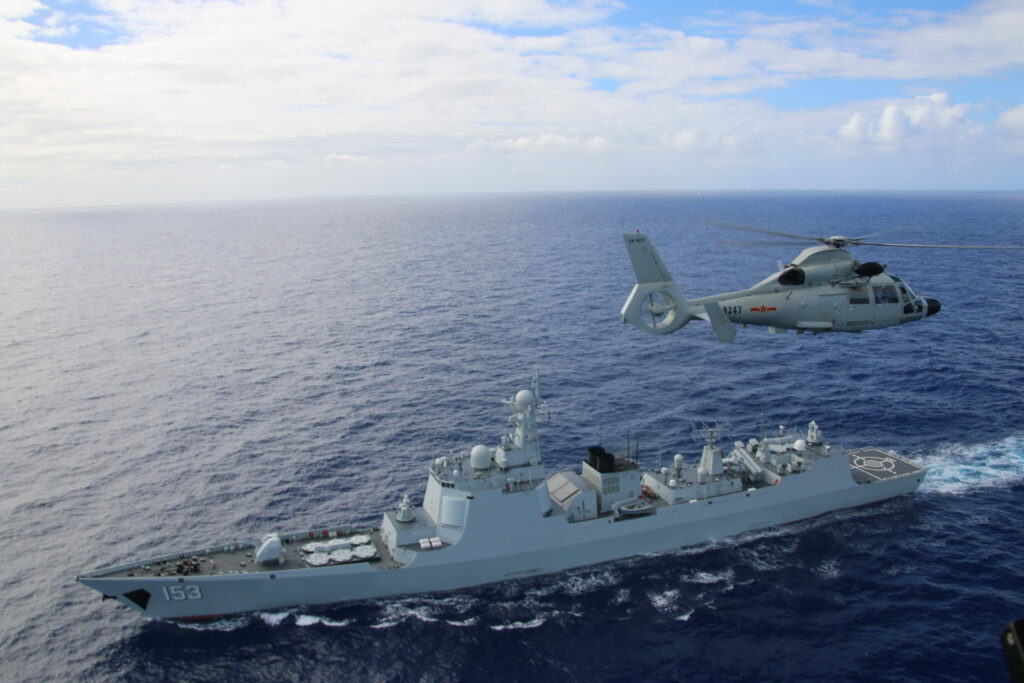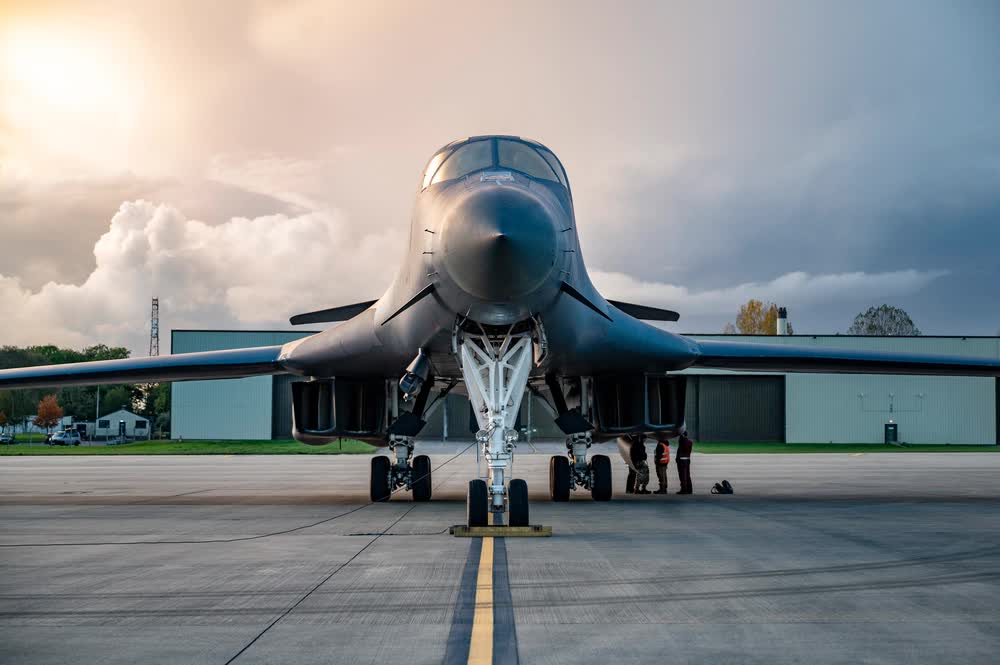This article by Ryan Pickrell was originally published by Business Insider
The Chinese military conducted live-fire exercises near Taiwan on Tuesday, responding to what it called “provocations” by US and separatist forces on the island.
The People’s Liberation Army’s Eastern Theater Command said in a statement that warships, anti-submarine aircraft, and fighter jets carried out air and sea drills to the southwest and southeast of Taiwan.
Senior Col. Shi Yi, the spokesman for the PLA Eastern Theater Command, accused the US of colluding with Taiwan’s ruling political party, making provocations, sending problematic signals, violating Chinese sovereignty, and undermining the peace and stability in the Taiwan Strait.
The spokesman characterized these threats as the greatest security risk in the strait, according to a Chinese Ministry of National Defense press release.
It is not clear what specific provocations the Chinese military was referring to in its statement.
China has expressed frustration with the Taiwan Strait transits regularly conducted by the US Navy, the most recent passage of which was at the end of July.

Related: What are FONOPs, and why are they important?
China has also criticized US-Taiwan bilateral cooperation and arms sales. The Biden administration recently proposed a $750 million arms sale to the autonomous island. The sale would provide Taiwan with 40 M109A6 Medium Self-Propelled Howitzer Systems, as well as related equipment.
The Chinese Ministry of Foreign Affairs said it was “firmly opposed” to the proposed sale, emphasising, as usual, that “China will resolutely take proper and necessary countermeasures in accordance with the development of the situation.”
China has been steadily increasing its military activities around Taiwan. It frequently sends military aircraft, including fighters and bombers, into the islands air defense identification zone, and exercises nearby are not uncommon.
The Chinese military said in a statement Tuesday that drills “are a necessary action to further safeguard China’s sovereignty under the current security situation in the Taiwan Straits.”
The exercises also send a message, the military suggested, that Chinese forces can upend any effort by Taiwan to pursue independence.

Related: Taiwan Strait Crises: How history is repeating itself in the Pacific
The military exercises Tuesday, though planned in advance, come as Chinese state-affiliated media outlet Global Times, pointing to the chaos unfolding in Afghanistan, warned Taiwan that if “war breaks out in the Straits, the island’s defense will collapse in hours and the US military won’t come to help.”
“Once a cross-Straits war breaks out while the mainland seizes the island with forces, the US would have to have a much greater determination than it had for Afghanistan,” the nationalist outlet said.
Taiwan’s Premier Su Tseng-chang said Tuesday that Taiwan would not collapse like Afghanistan did, warning that “foreign forces who want to invade and grab Taiwan” should not be “deluded.”
Read more from Business Insider:
- VIDEO: A new Russian military transport plane caught fire in flight and crashed outside of Moscow
- Photo shows a US Air Force cargo plane crammed with 640 Afghans trying to flee the Taliban
- The US Navy’s top admiral admits they crammed too much new tech onto their new aircraft carrier
- After the Eddie Gallagher case and other scandals, Navy SEALs say they have to rethink how they pick their leaders
- Russian security agents arrest research chief who worked on hypersonic aircraft on suspicions of treason
Feature image: A helicopter attached to Chinese Navy ship multirole frigate Hengshui participates in a maritime interdiction event with the Chinese Navy guided-missile destroyer Xi’an during Rim of the Pacific (RIMPAC) in July of 2016 (U.S. Navy)




